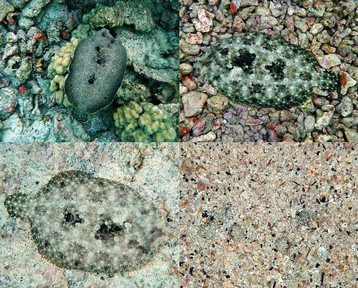
Clandestine Critters Trivia Quiz
Animals have many adaptations to protect themselves from detection, either from predators or from prey. Identify each of these as primarily depending on their colouration or on their behaviour.
A classification quiz
by looney_tunes.
Estimated time: 3 mins.